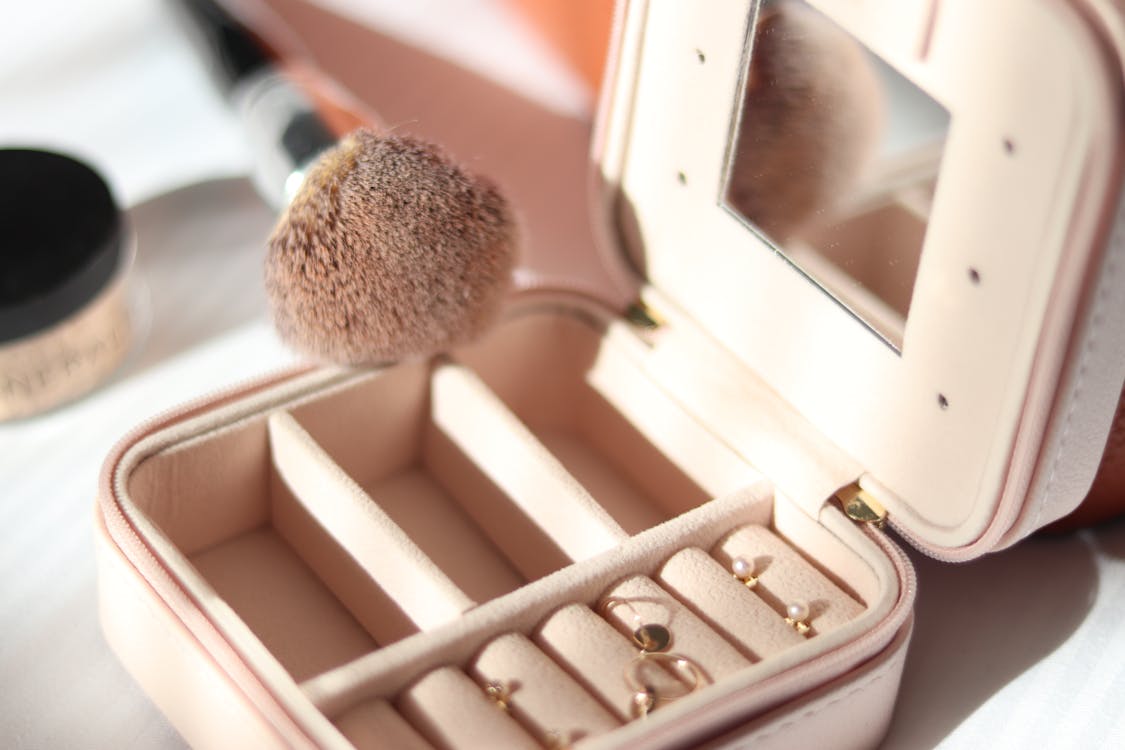Over the years, most people tend to accumulate jewellery. This can happen when we receive accessories as gifts, when we’ve purchased jewellery to match with outfits for special occasions, or when we’ve made impulse buys when we see something special.
In 2022, Canada was home to 3,480 jewellery stores— and that number is in addition to the many jewellery stands in big box stores and malls. In Ontario alone, the jewellery market is worth an estimated $1.3 billion, with Toronto being the biggest hub for retailers. With so many choices, opportunities abound to buy jewellery on a whim.
But as your jewellery accumulates, are you taking proper care of it? Making sure your jewellery is in good condition will keep it beautiful for longer. Here are a few ways to keep your jewellery safe, plus some tips for handling the jewellery you no longer want, including how you can sell your silver in Toronto.
Organize Your Jewellery
First, to organize properly, untangle chains and pair up earrings. Then organize your jewellery into categories, such as items that you:
- wear regularly and you’d like to keep,
- do not like,
- like, but the items are broken, and
- never wear but you’d like to keep because the items have sentimental value.
Once you’ve organized your jewellery into these four categories, here are a few ways to process each.
To Keep Pile
Now organize the jewellery you regularly wear into types, like necklaces, earrings, rings, and brooches. Consider investing in a jewellery box with compartments and layers so that you can easily access your favourite pieces.
A jewellery box will protect your items from dust and dampness, which can cause jewellery to tarnish. Organize jewellery based on the most worn (on the top) to rarely worn (down below).
You Don’t Like Pile
If you have jewellery that you no longer like, consider taking it to a jewellery expert; they’ll be able to help you ascertain its worth. You might have an authentic piece of silver or gold that’s quite valuable.
Search online and seek a trusted Canadian brand with jewellery experts on hand. Based on your discussion with staff, you’ll hopefully be able to bring home a little extra cash; alternatively, you can donate pieces that aren’t valuable.
It’s Broken Pile
If you still like the piece and want to wear it, consider taking broken jewellery to a repair shop or a jewellery shop to see if you can get it fixed. On-site artisans will be able to talk you through the extent of the repair. They’ll provide a quote in advance so you can decide if you’d like to move forward.
Conversely, if you have a broken piece of jewellery and don’t plan on keeping it, take it to a gold and silver buyer. Bullion dealers buy jewellery for the value of the metal and are not concerned about whether the piece is broken.
Sentimental Pieces Pile
For highly sentimental items that you don’t wear but don’t want to lose: consider gifting them to one of your children or another relative or displaying them in a shadow box. You could also store them in a family trinket box for safekeeping.
How to Store Your Jewellery
The likelihood of tarnishing depends on the type of metal. By keeping your jewellery in a space with a regulated climate, you’ll delay the potential for tarnishing. Avoid humidity and extreme temperatures; don’t store your jewellery by a window or in the washroom.
While ring dishes are pretty, putting your rings onto a hard, ceramic surface risks dings and scratches. If you choose to buy a jewellery box, get one with a soft, velvety lining to keep your jewellery safe. A fabric-lined box also reduces the build-up of dampness.
Usually, when people organize or clear out the bedroom or closet, jewellery is forgotten, damaged, or lost. We make impulse buys, look to shiny and new products, and forget what we already have. Better organization and maintenance can help guarantee that treasured pieces stay with you or in your family for much longer.

